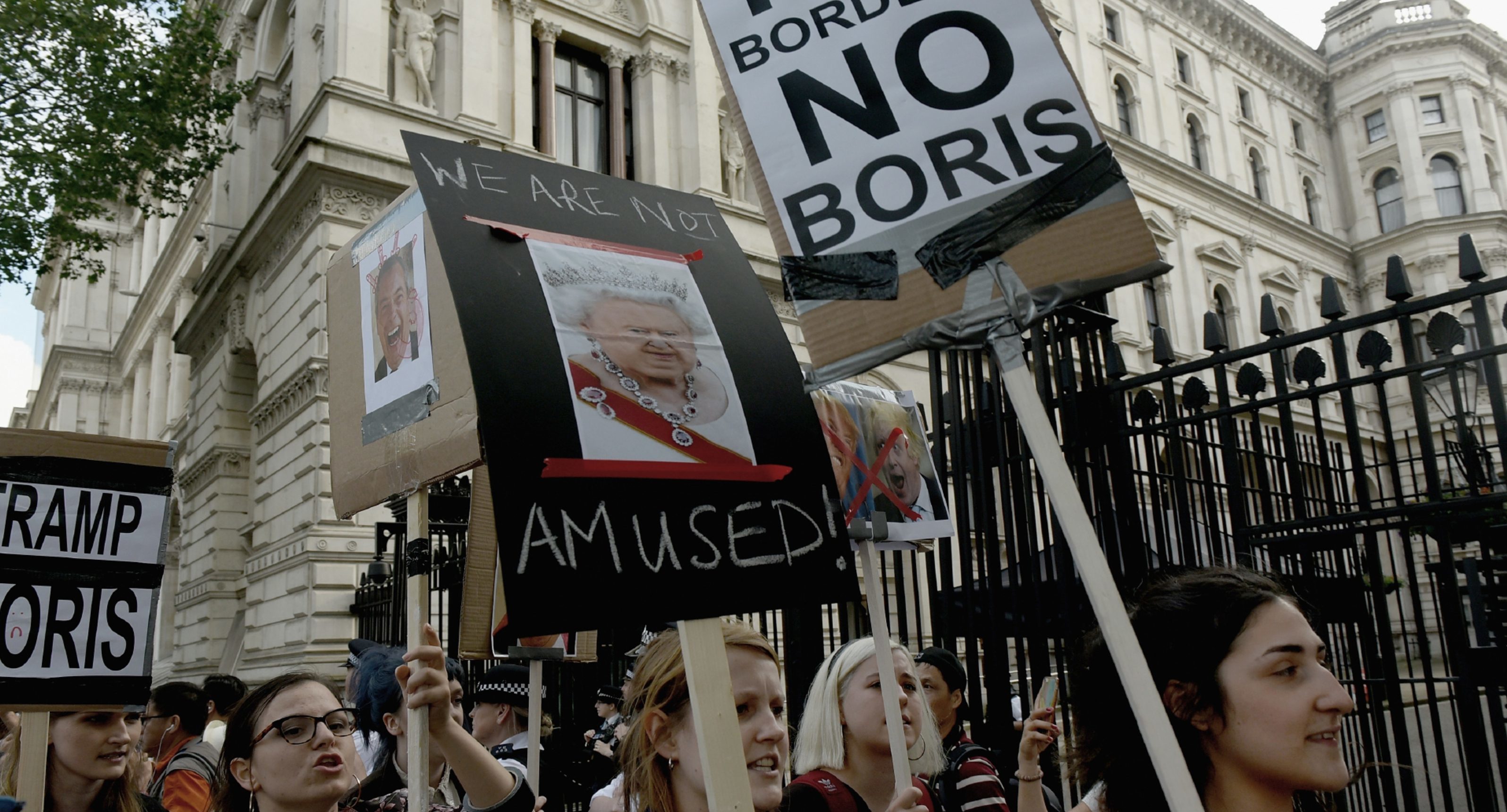A parliamentary petition for a second referendum has attracted nearly a million signatures despite unprecedented demand crashing the website.
The surge came as nearly 100,000 people signed a petition calling on London Mayor Sadiq Khan to declare the capital independent from the UK and apply to join the European Union.
On Friday a government website saw an “exceptionally high” number of visits as hundreds of thousands of signatures were added to a second referendum e-petition in the wake of Britain’s Leave vote.
By Saturday morning over 800,000 people had signed up, over eight times the number needed for the issue to be raised in Parliament.
The petition, set up by William Oliver Healey, states: “We the undersigned call upon HM Government to implement a rule that if the Remain or Leave vote is less than 60% based on a turnout less than 75%, there should be another referendum.”
On Thursday 51.9% of votes were cast to leave the EU, versus 48.1% for remaining part of the bloc.
A map of the signatures indicated that most activity was in England’s major cities. The highest number of signatories came from London, where most boroughs backed Remain in the referendum.
A House of Commons spokeswoman earlier said the site had temporarily been taken out of action due to “exceptionally high volumes of simultaneous users on a single petition, significantly higher than on any previous occasion.”
“UK Parliament and the Government Digital Service are aware of the issue and are working hard to resolve the problems as quickly as possible.”
The parliamentary petitions system is overseen by the Petitions Committee, who consider whether petitions that receive more than 100,000 signatures should be raised in the house. The committee is due to sit again on Tuesday.
A Change.org petition calling on Mr Khan to instigate the secession of London from the rest of the UK gathered more than 99,800 signatures by Saturday morning.
The page, set up by James O’Malley, stated: “London is an international city, and we want to remain at the heart of Europe.
“Let’s face it – the rest of the country disagrees. So rather than passive aggressively vote against each other at every election, let’s make the divorce official and move in with our friends on the continent.
“This petition is calling on Mayor Sadiq Khan to declare London independent, and apply to join the EU – including membership of the Schengen Zone (Umm, we’ll talk about the Euro…).”



